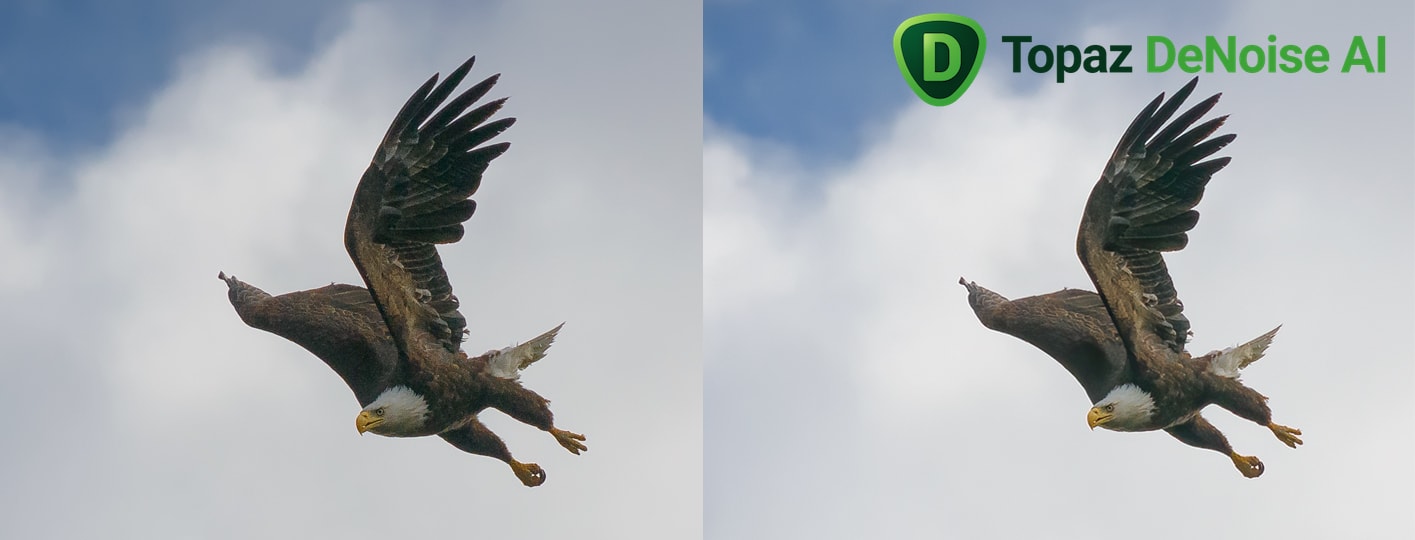

USING TOPAZ DENOISE AI TRIAL
Note: there is a watermark on this image because I am using the trial version of Topaz Denoise for this test. It’s discreetly located next to the trash can at the bottom-right of the screen. This may be desirable if parts of your image are noisier than others. Before Denoising The image before denoising Topaz Denoise Result Topaz Denoise result Instead of denoising your whole photo, you can use Topaz Denoise AI to denoise select areas. It does a good job denoising while preserving some detail which is something Adobe Photoshop cannot do well. Also, with more work, it probably would have been possible to improve the results in both Darktable and Capture One, but I thought it was a fairer comparison to spend a few minutes with each program and see what was possible. Topaz Labs DeNoise AI lives up to its name. This comparison was not sponsored by Topaz Denoise and I didn’t get a free copy of it either. As noted below, Topaz just released a newer version 3.1.1 that expands your options to 4 algorithms. They are called DeNoise AI, AI Clear, and Low Light. Please feel free to download these images for personal use to compare the results. Three Different Ways to Use Topaz DeNoise AI There are three fundamentally different kinds of algorithms for removing noise and sharpening in Denoise AI. As the name suggests, it brightens your image so that you can. I am including the unedited shot along with the images processed by the three respective programs so readers can compare the results. If you are very serious about noise in your image, the Brighten function is what you can use. I am guessing this is accomplished by it being trained on a large number of images and thus being more content aware than indiscriminate denoising. Sharpen AI was able to snap detail back to photos that just barely missed critical focus and that would otherwise be rejected.
USING TOPAZ DENOISE AI MANUAL
Topaz has two main advantages over traditional methods: it is very good at retaining detail even with heavy noise removal, and it operates relatively automatically without the need for manual local editing.

For the noisiest of images, it’s hard to beat Topaz Denoise among the three candidates, but for images with more mild noise, Topaz does not provide a noticeable advantage over more traditional methods. My conclusion is that Topaz Denoise produced the best result, with all three results being close.


 0 kommentar(er)
0 kommentar(er)
